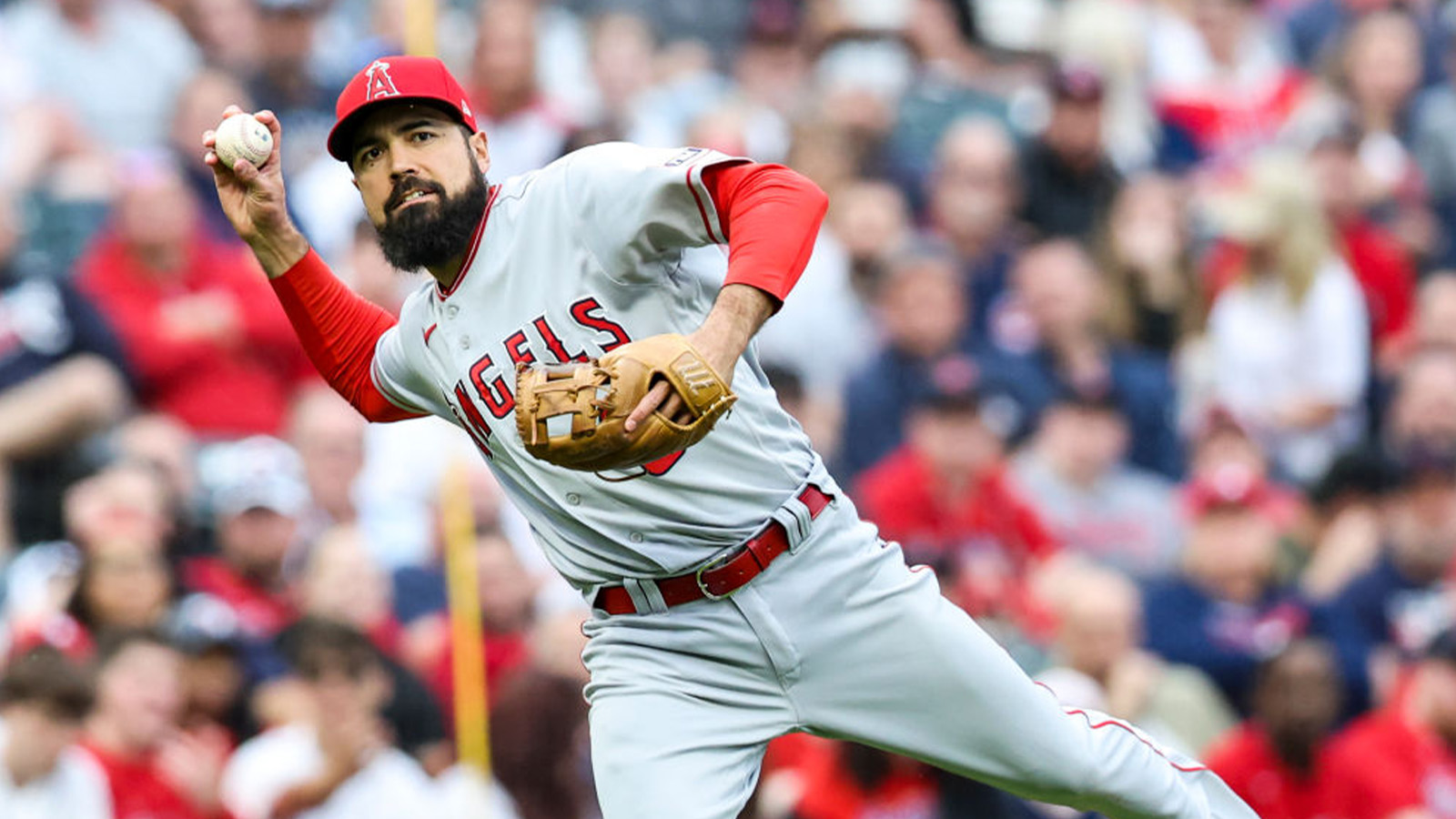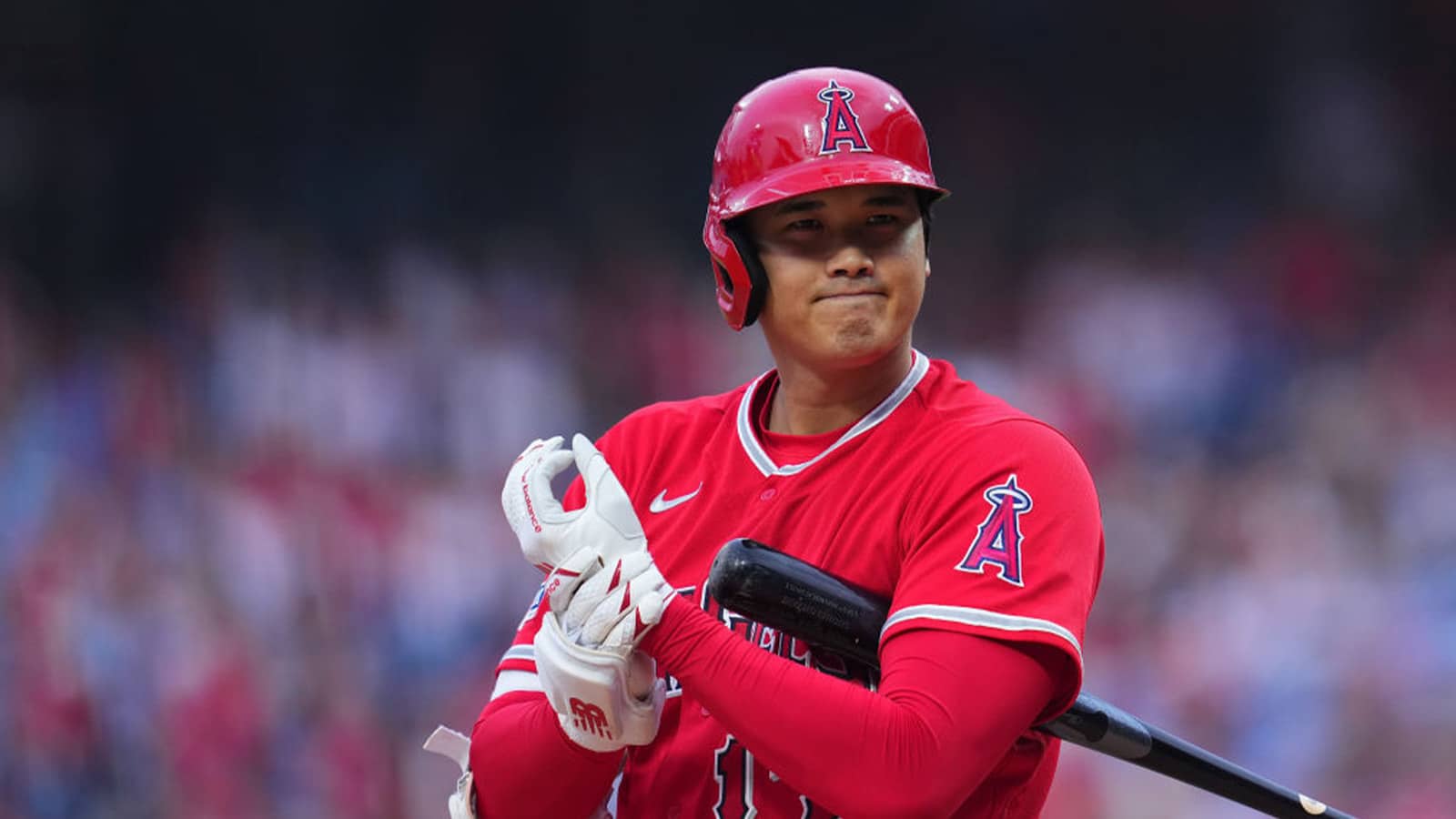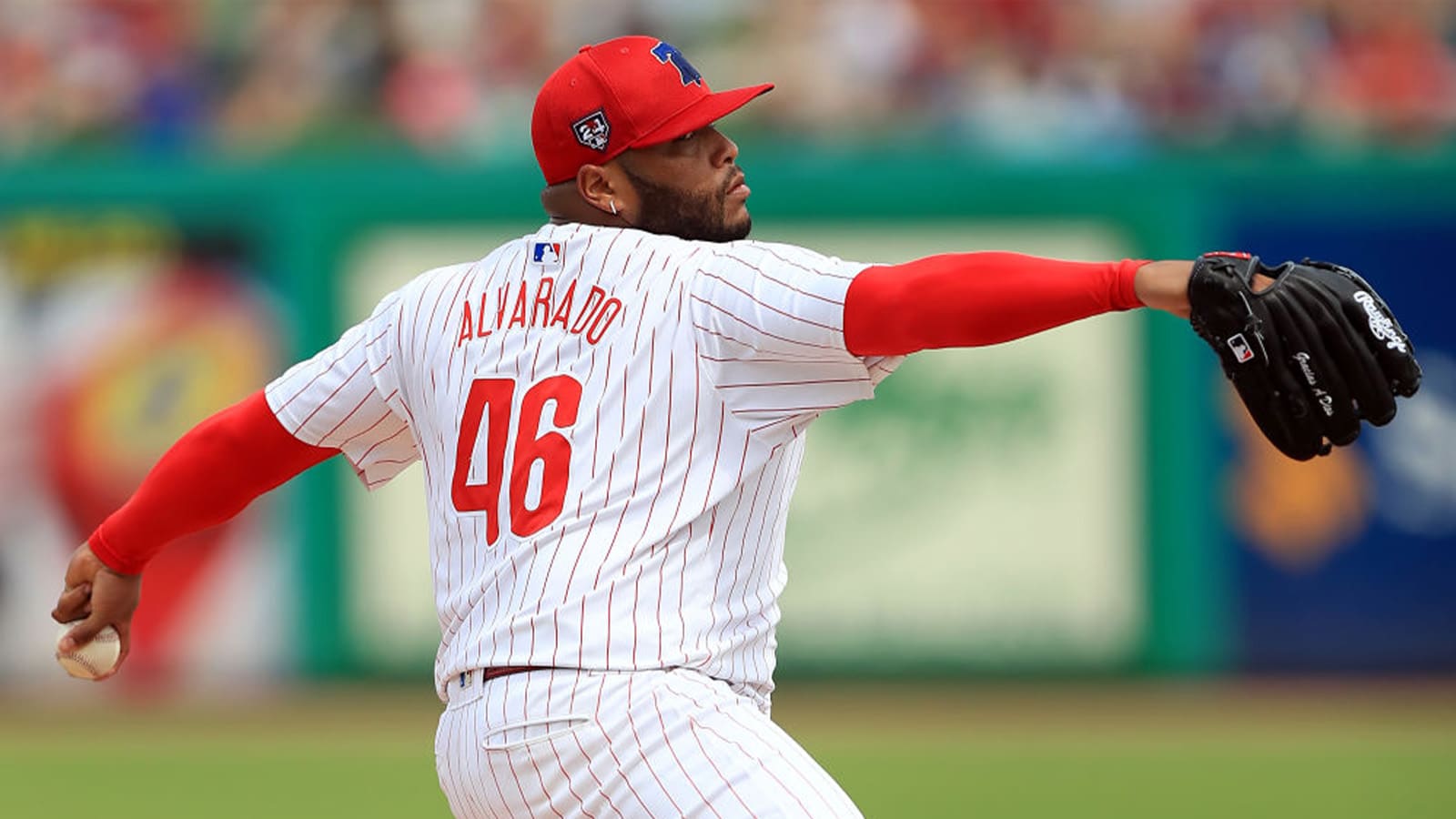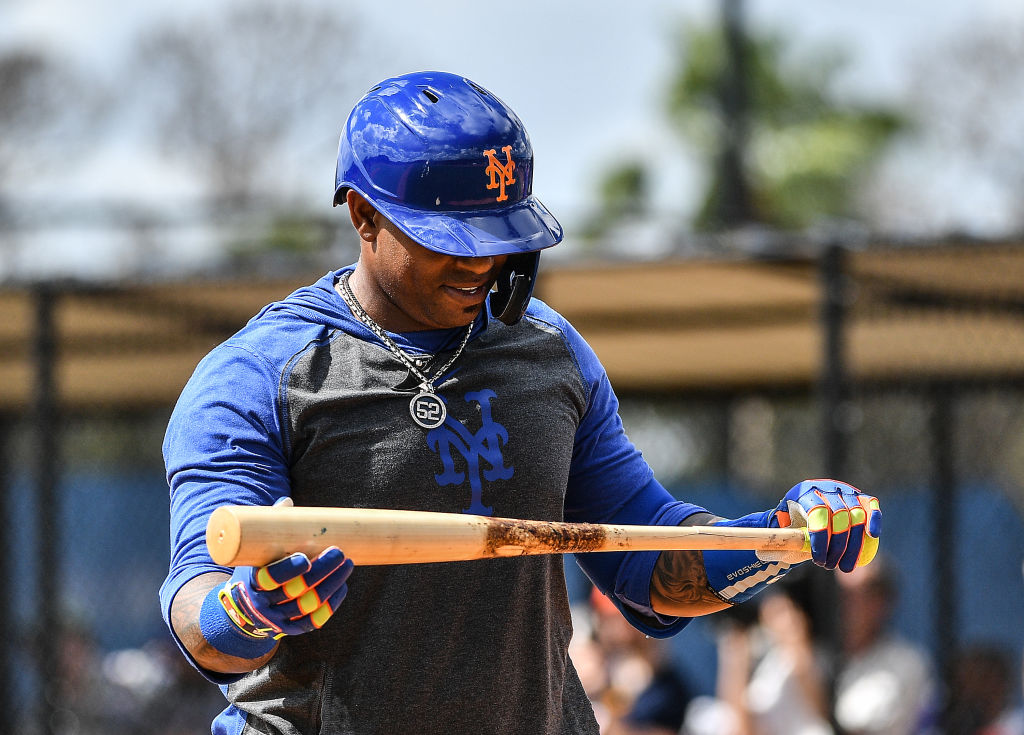
What Type of Wood Are MLB Bats Made of?
MLB fans know the game is more than a display of incredible athleticism. Attending a game at a major league stadium is a feast for the senses. You’ll smell the popcorn and fresh-cut grass. And you’ll hear the distinct crack of a bat — one of baseball’s most well-known sounds. So where does it come from? Let’s look at what MLB bats are made out of.
The history of the MLB bat
In baseball’s earliest years, reports the Smithsonian, players made their own bats customized to their specific game. Typical bats were bigger back then, weighing 50 ounces on average. That is much heavier than today’s average of 30 ounces. Today’s players like using lighter bats to increase the speed with which they can get their bat into the strike zone.
In earlier eras, players would “choke up” on the bat, leaving room between their hands and the handle. Today’s players generally hold it as close to the handle as possible.
Here’s what MLB bats are not made of
One material that college and little-league baseball teams use to make bats is aluminum, which is not used at the MLB level. The pro league has a strict policy against aluminum bats. For one, it’s too dangerous.
The ball comes off the bat faster. MLB players represent some of the best athletes in the world. Their increased bat speed and ability to throw harder than anyone else makes it too risky to use aluminum. College and little leagues use them mainly because they’re cheaper than the alternative.
What kind of wood are MLB bats made of?
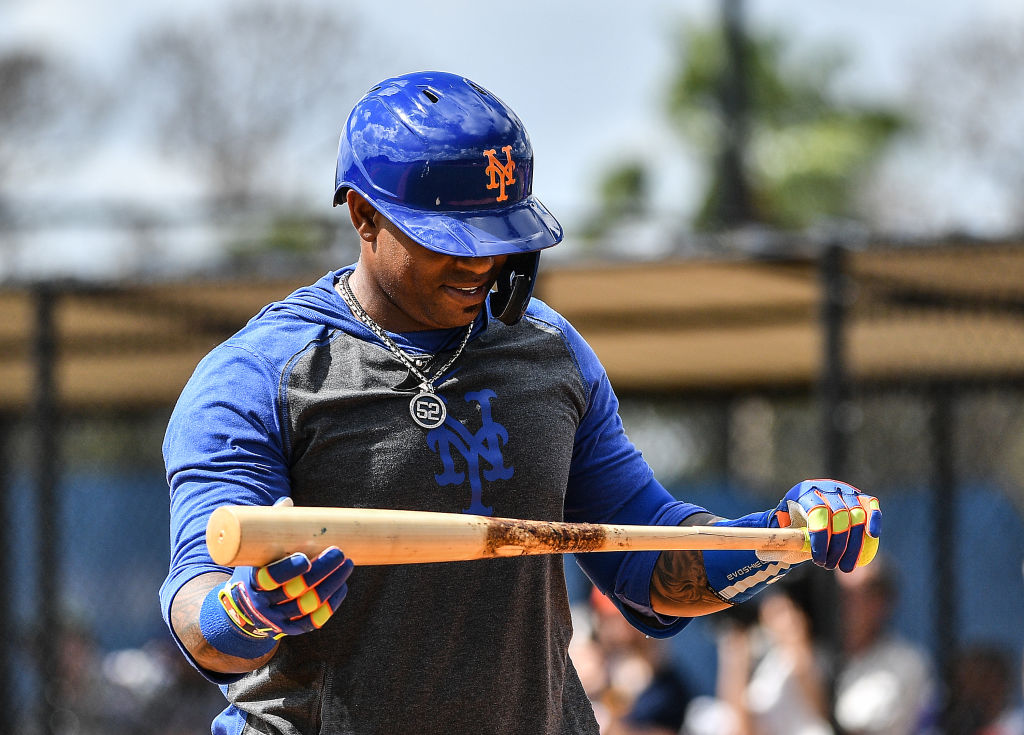
MLB bats are made out of wood. The three most popular types of wood to create these bats are maple, ash, and birch. Each wood type has advantages and disadvantages.
Maple baseball bats
Maple is the densest, making it both hard and durable. Both of these qualities are desirable in an MLB bat. Density translates to the bat having more pop.
As a diffuse-porous wood, maple tends to stay together when subjected to high-intensity impact. This means it’s less likely to shatter or break during an at-bat, especially if a hitter uses the bat frequently. The spots the ball hits become more durable.
The drawback of maple is that it can gain a lot of moisture over its lifespan, making it heavier. This can detract from the hitter’s bat speed.
Ash baseball bats
Ash bats were popular before maple bats. It’s much more flexible, leading to higher bat speed. The problem with ash is that it’s a ring-porous wood, so the bat will dry out over time. This makes it much more susceptible to breaking.
Birch baseball bats
Finally, birch is another type of wood used for bats. Its flexibility comes from its softness. Despite this, birch bats are typically very durable. They combine the toughness of maple bats with the flexibility of ash.
The main weakness of birch bats comes from its strength: softness. This can cause dents to form in the bat upon its first uses. Players typically need to break in birch bats before they’re effective, ensuring it hardens before use in a game setting.
While every wood bat has pros and cons, one thing is for sure: There’s no way MLB will ever favor aluminum. Fans of the trademark “crack” can rejoice; one of the game’s signature sounds is here to stay for as long as the game is played.
Follow more updates from Sportscasting on our Facebook page.
